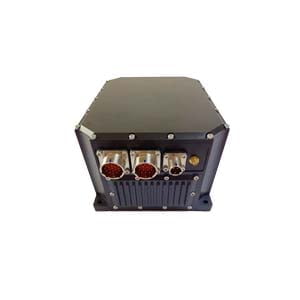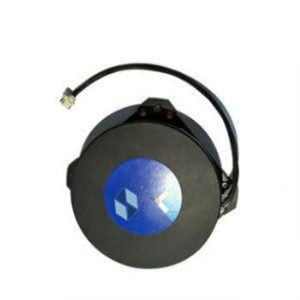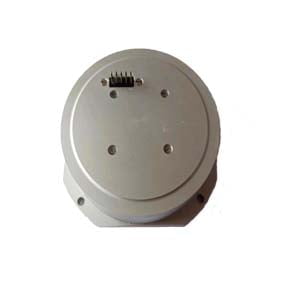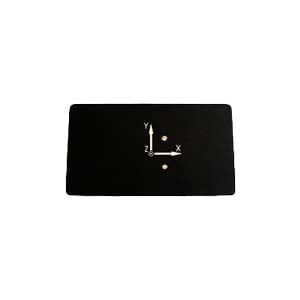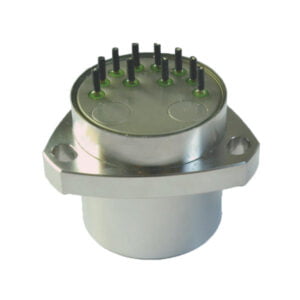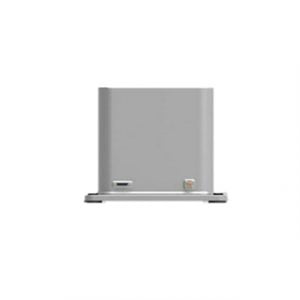1. Zero offset and zero drift
The zero offset is the output of the gyroscope when the input angular velocity is zero (that is, the gyro is stationary), and is expressed by the equivalent input angular velocity corresponding to the average value of the output measured within a predetermined time, and is ideally the component of the angular velocity of the earth. Zero drift is zero-biased stability, which indicates the degree of dispersion of the gyroscope output around its zero-bias mean value when the input angular rate is zero, expressed by the equivalent input angular rate corresponding to the standard deviation of the output amount within a specified time. Zero drift is the most important and basic indicator for measuring the accuracy of FOG (fiber optic gyroscope). The primary factor in producing zero drift is the non-reciprocal phase shift error introduced into the fiber coil as the ambient temperature variation along the fiber distribution. Usually, in order to stabilize zero drift, temperature control or temperature compensation of the IFOG is often required. In addition, polarization will also have a certain impact on zero drift. In IFOG, polarization filtering and polarization-maintaining fiber are often used to eliminate the effect of polarization on zero drift.
2. Scale factor
The scale factor is the ratio of the output of the gyroscope to the input angular rate. It can be represented by the slope of a specific line on the coordinate axis. It is an indicator reflecting the sensitivity of the gyro. Its stability and accuracy are an important indicator of the gyroscope. It comprehensively reflects the test and fitting accuracy of the fiber optic gyroscope. The stability of the scale factor is dimensionless and is usually expressed in parts per million (ppm). The error of the scale factor is mainly due to the temperature change and the instability of the polarization state of the fiber.
3. Random walk coefficient
A technical indicator characterizing the angular noise output white noise in a fiber optic gyroscope, which reflects the uncertainty of the angular velocity integral of the fiber optic gyroscope output over time, and thus can also be called angular random walk. The random walk coefficient reflects the development level of the gyroscope and also reflects the minimum detectable angular rate of the gyroscope. This error is mainly due to random spontaneous emission of photons, noise introduced by photodetectors and digital circuits, and mechanical jitter.
4. Threshold and resolution
The threshold value represents the minimum input rate that the fiber optic gyroscope can sense. The resolution represents the minimum input rate increment that the gyroscope can sense at a specified input angular rate. Both threshold and resolution characterize the sensitivity of the fiber optic gyroscope.
5. Maximum input angular velocity
It represents the maximum value of the gyro's positive and negative input rates, and represents the dynamic range of the gyro, that is, the range of speed that the fiber optic gyroscope can sense.
If you want to get more details about FOG, please visit https://www.ericcointernational.com/gyroscope/fiber-optic-gyroscope/
More Technical Questions
1. Do You Know Fiber Optic Gyroscope and Its Typical Applications?
2. Application of Fiber Optic Gyroscope in North Seeking System
3. Principle and Application of Fiber Optic Gyroscope
4. Specifications and Features of Fiber Optic Gyroscopes
5. Operation of a Fiber Optic Gyroscope
6. Application of Fiber Optic Gyroscope
Products in Article
